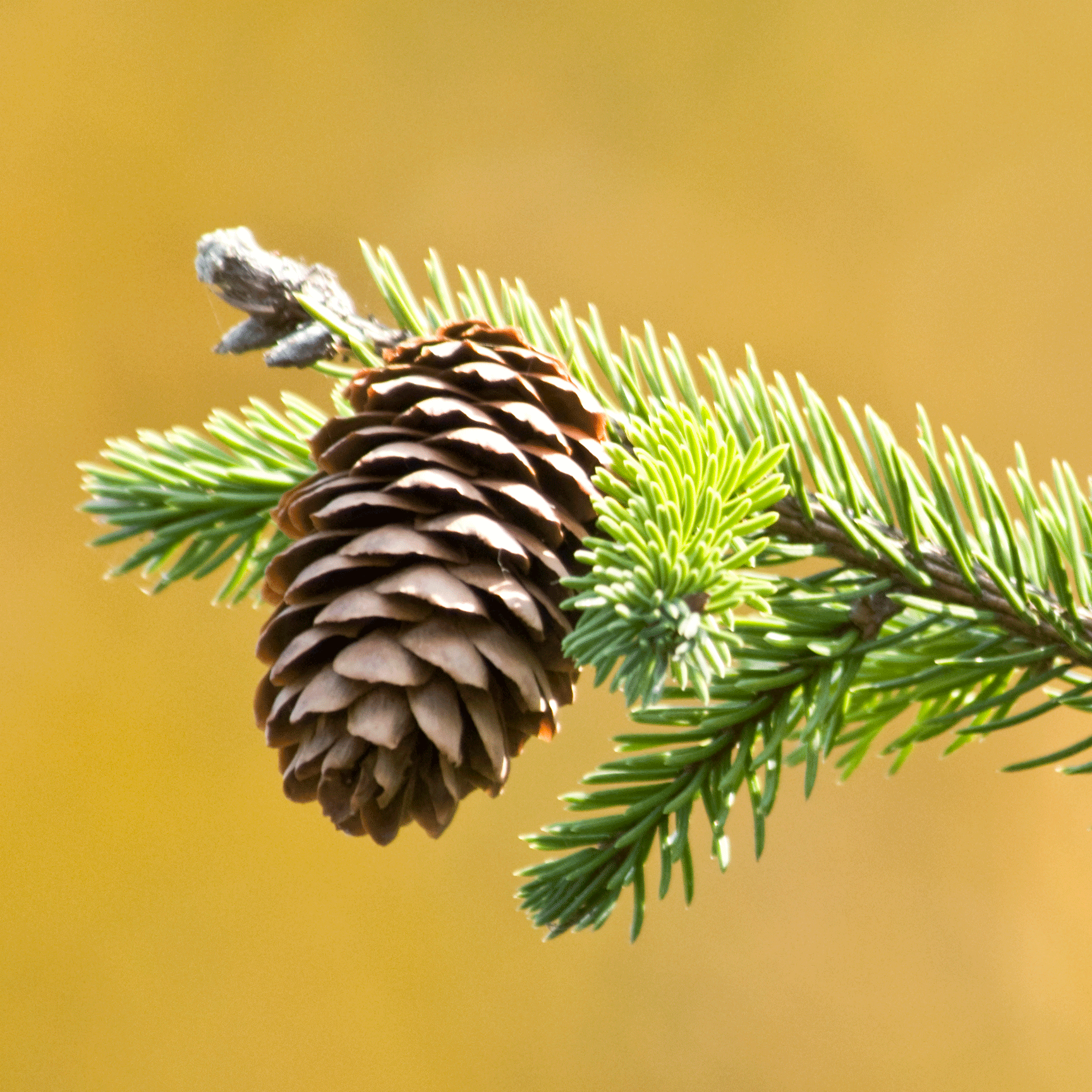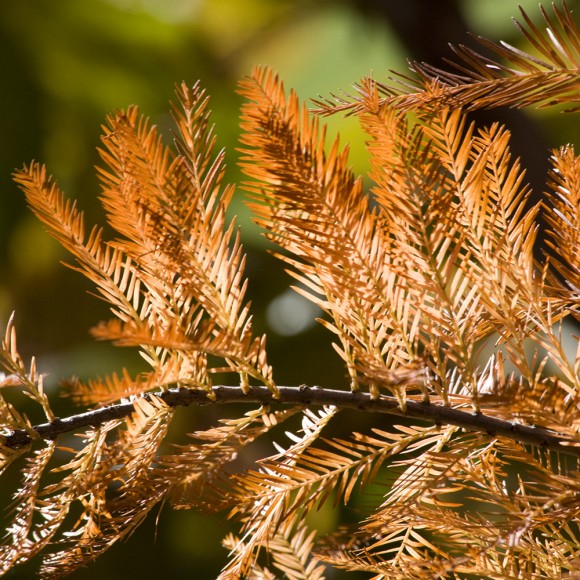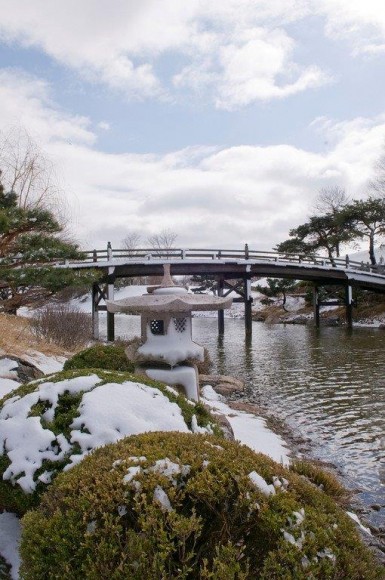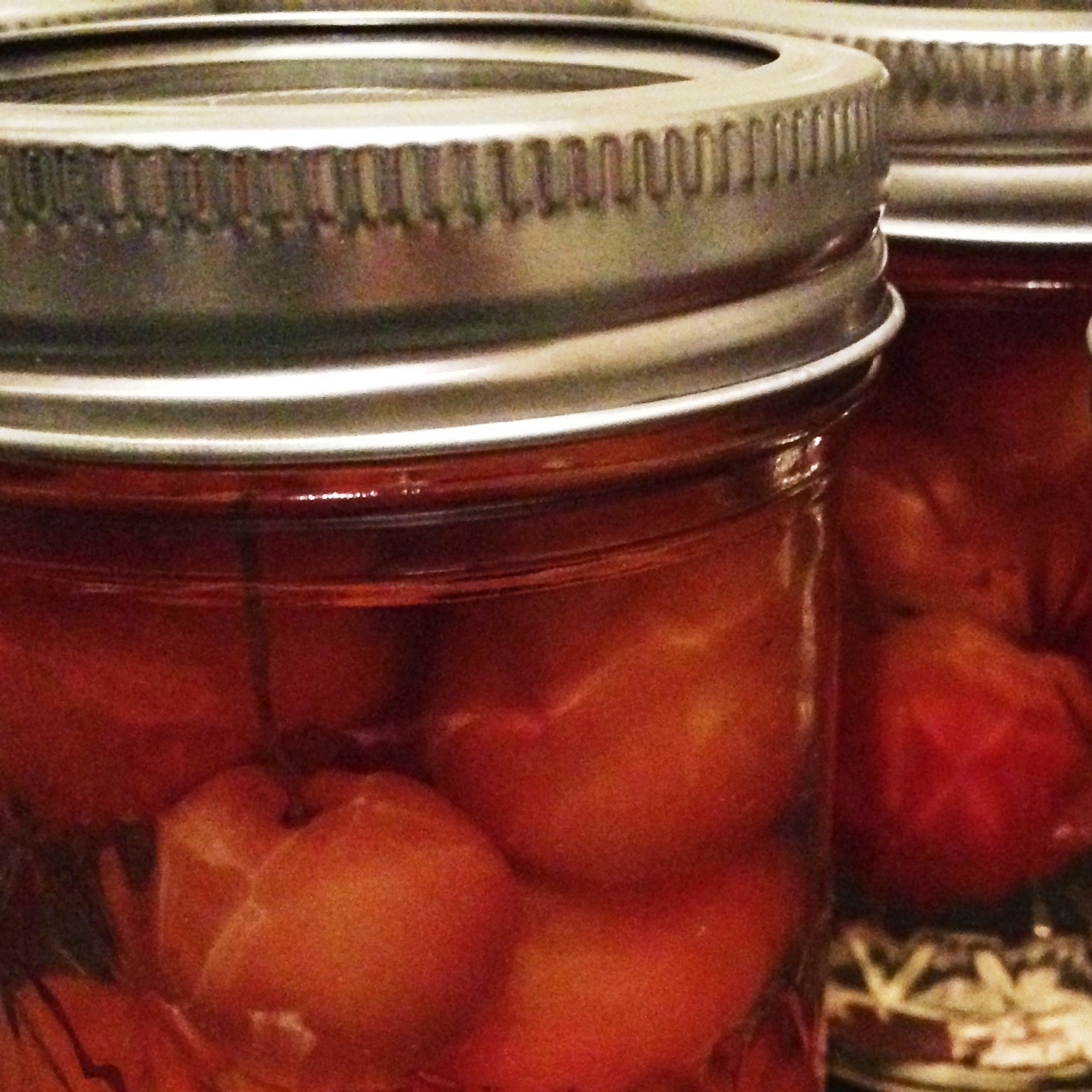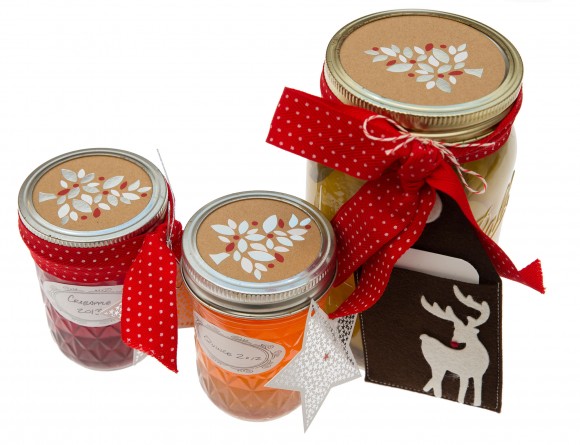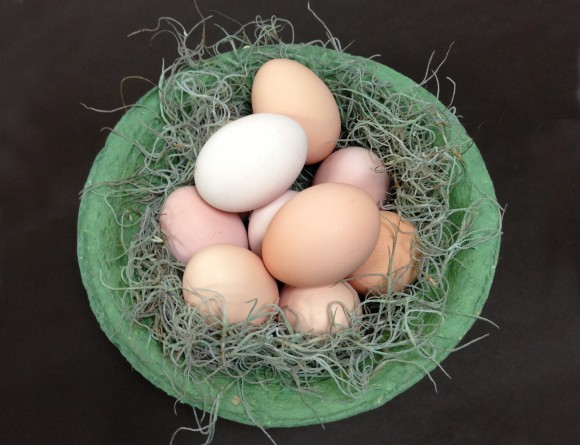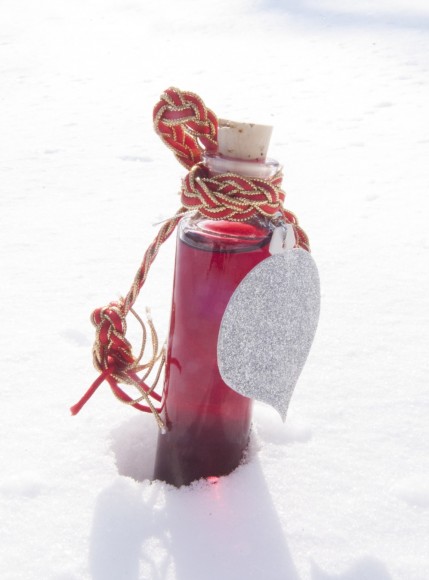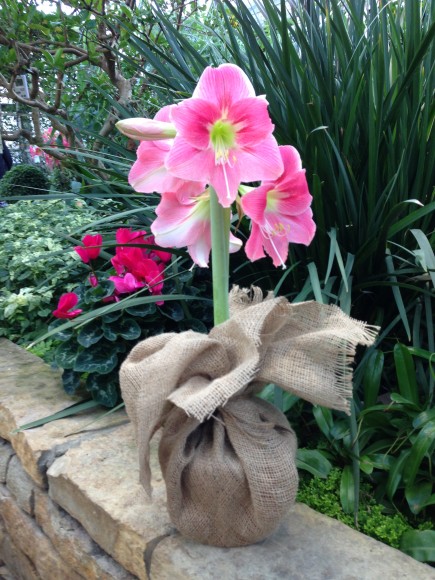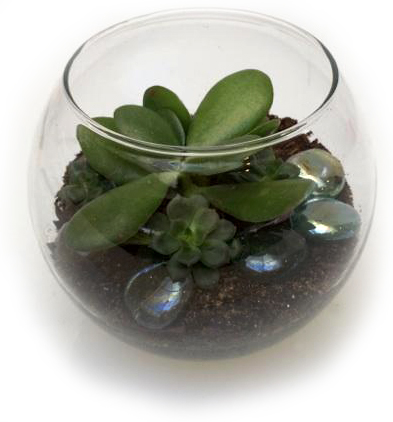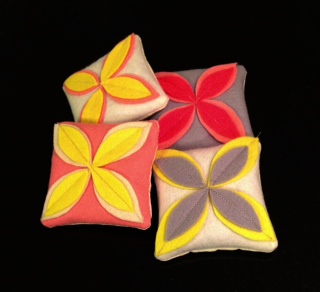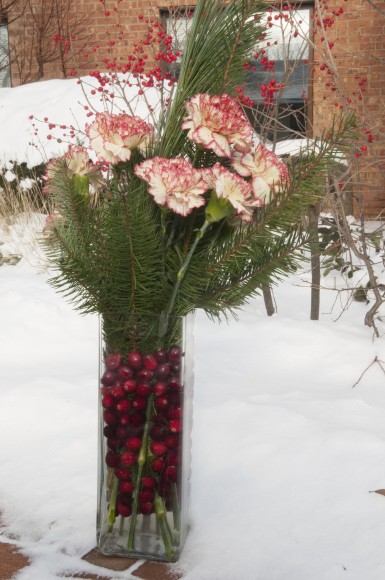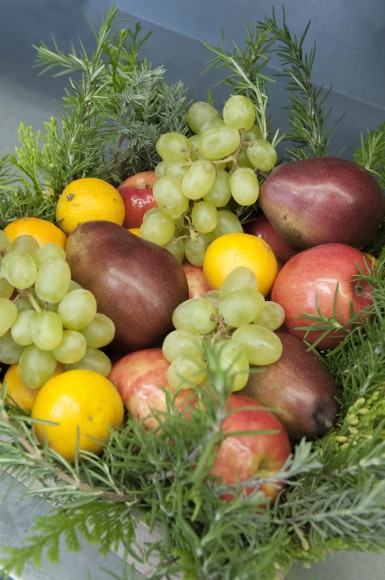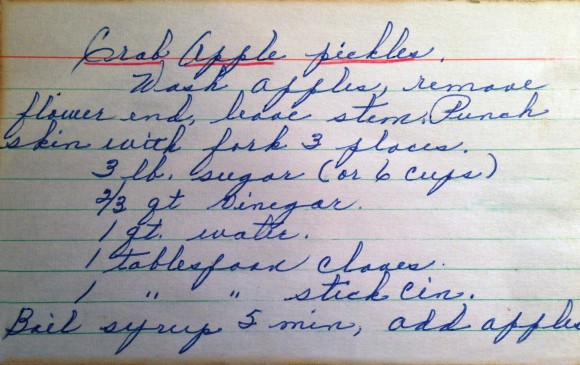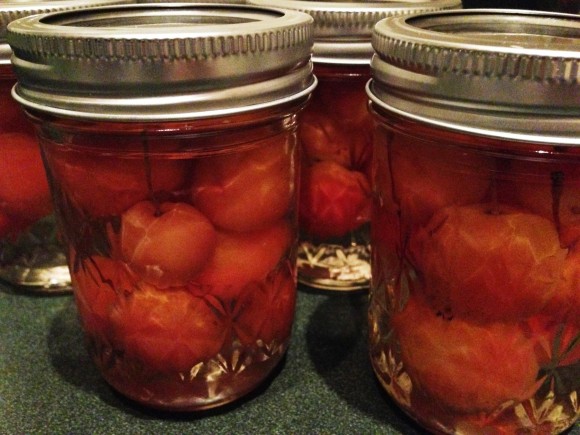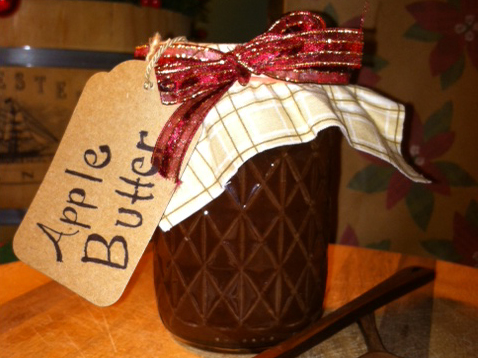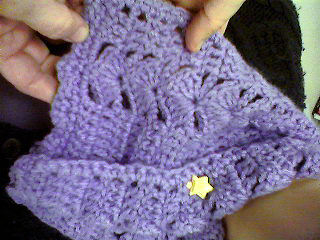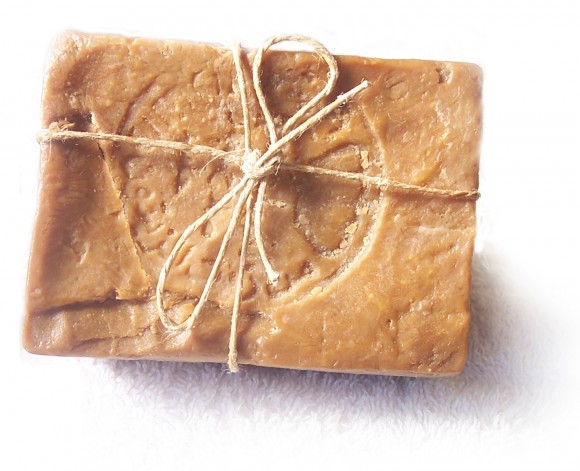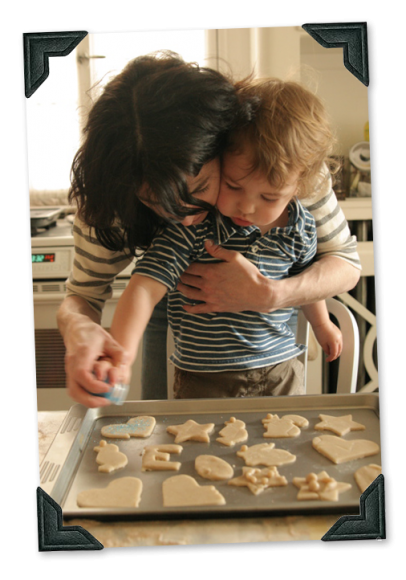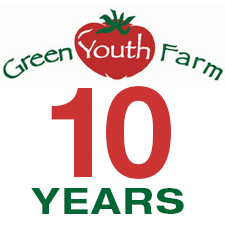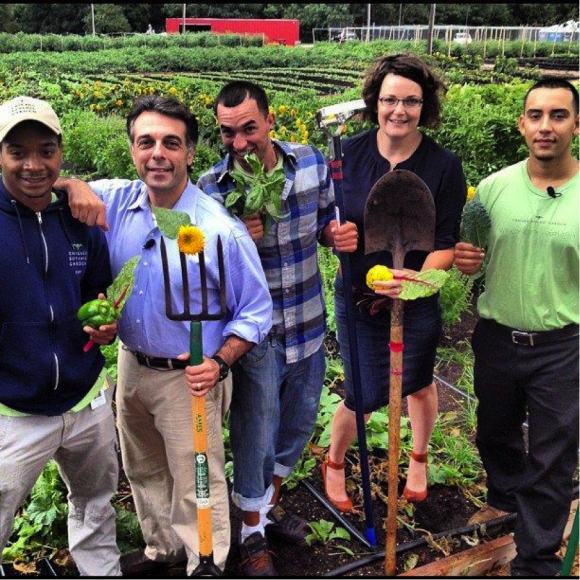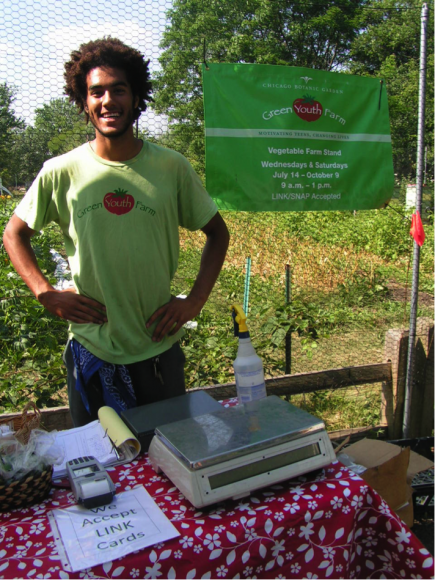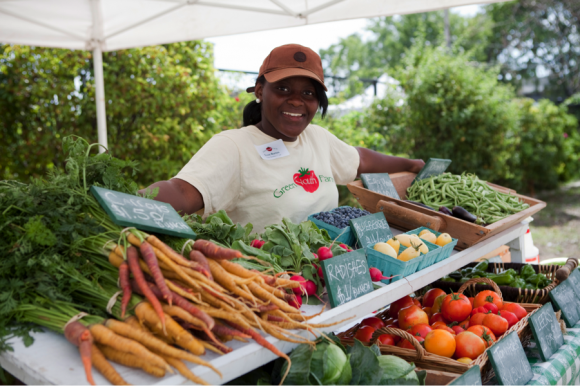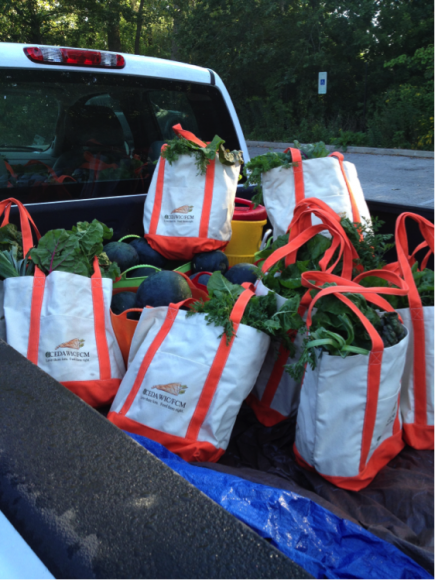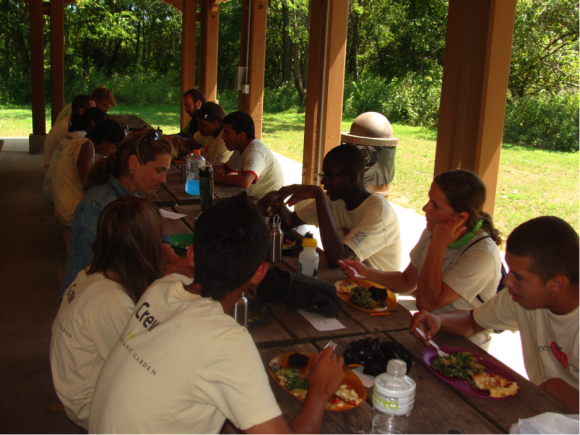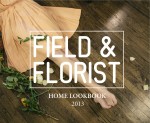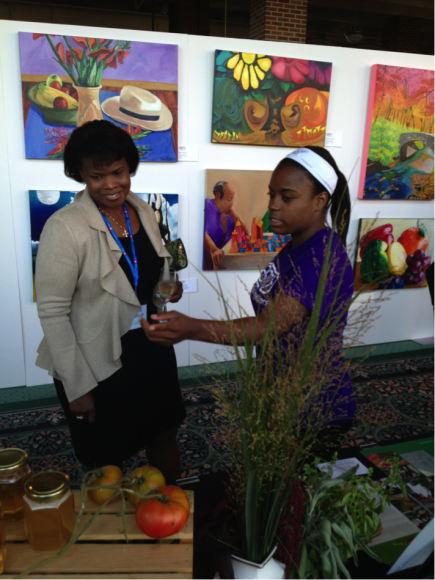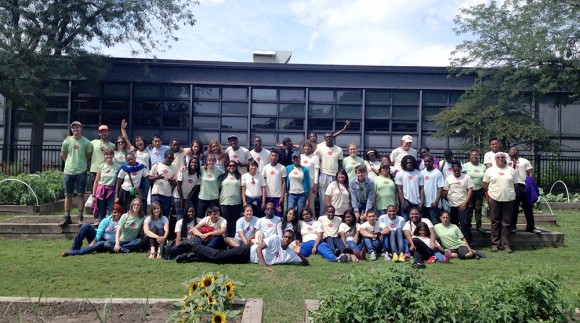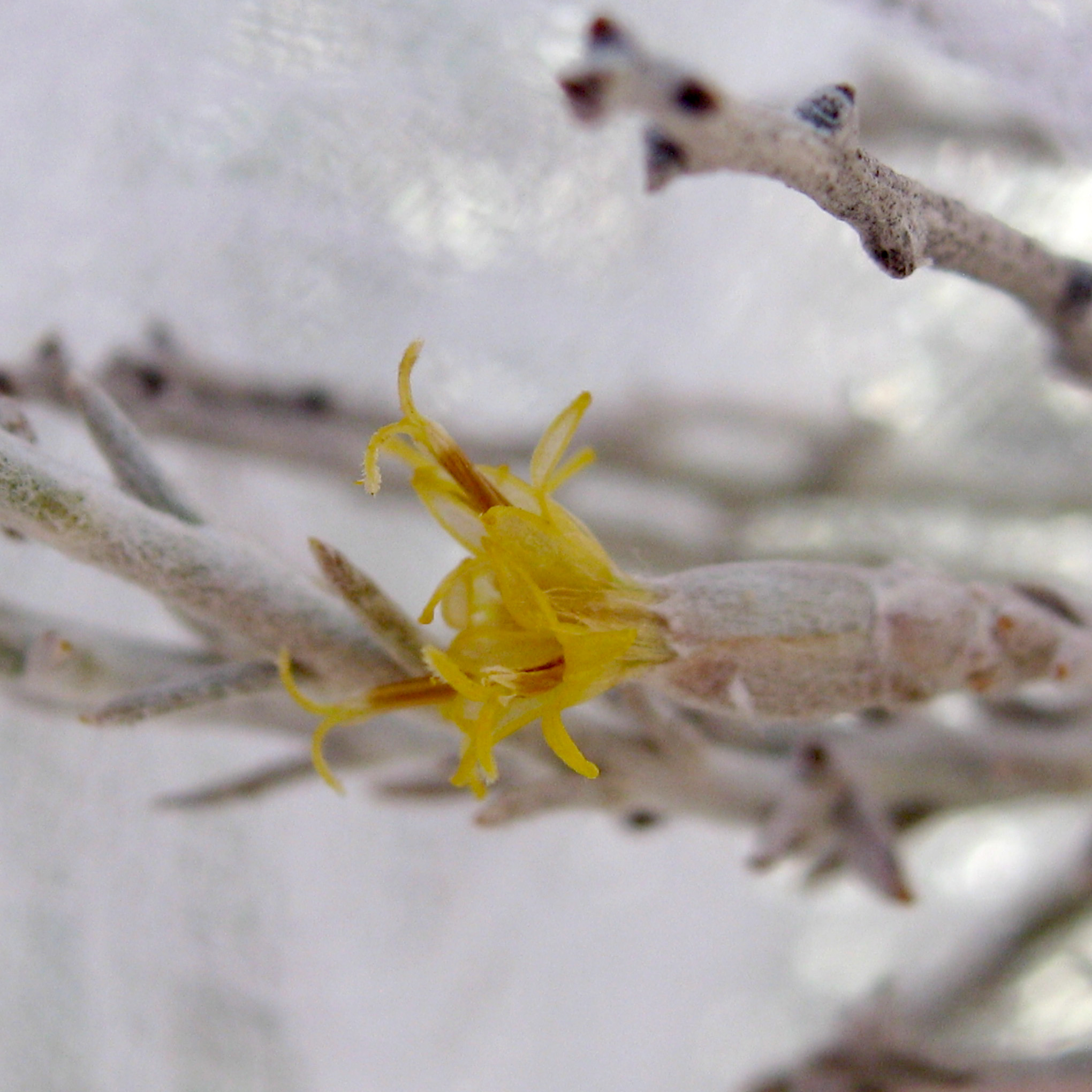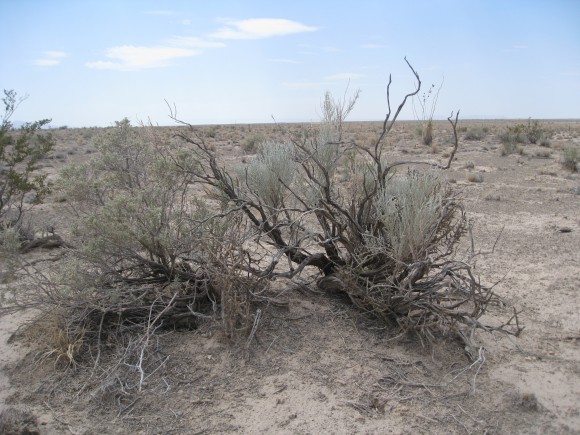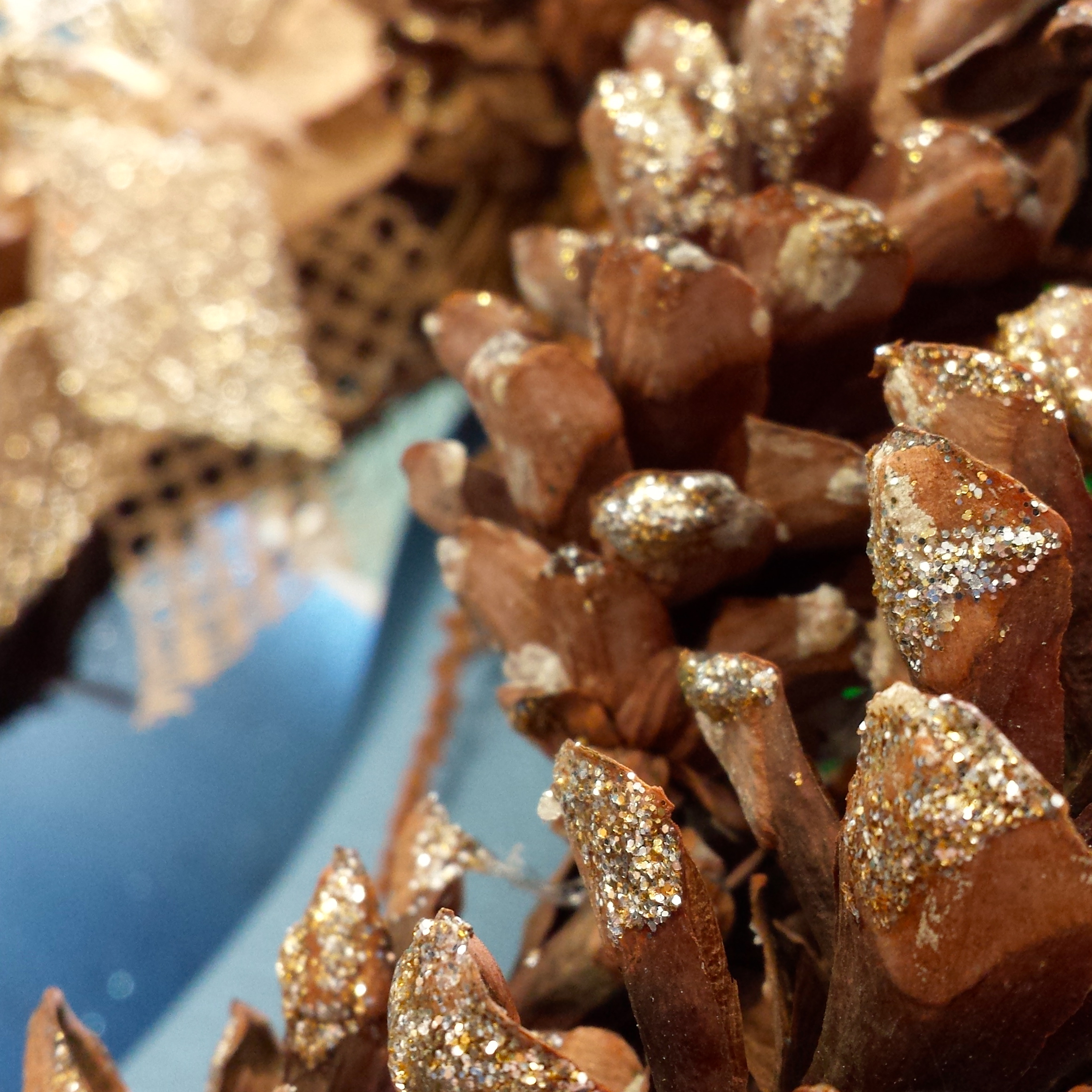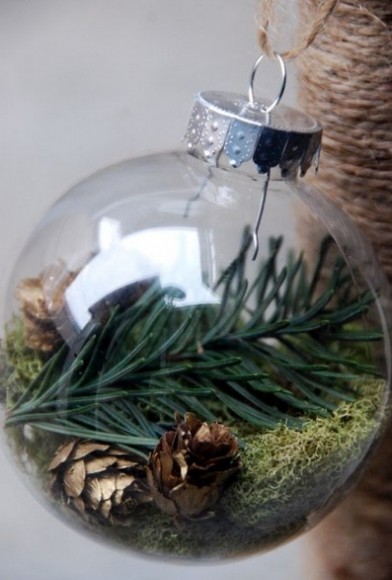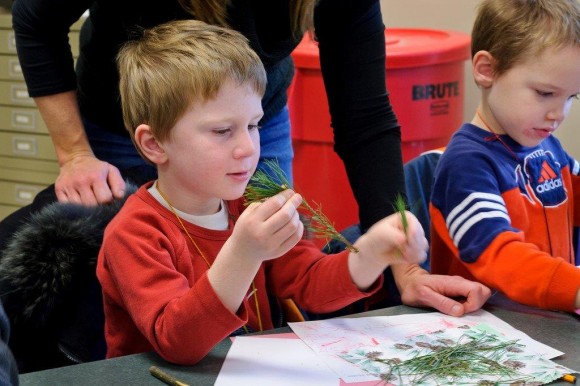
Every winter, as a public garden, the Chicago Botanic Garden turns its educational programming attention—as well as its decorations—to the only plants that stay green through the season: the evergreens. We teach class after class of school children how to identify different kinds of evergreens by their needles and cones.
It’s a lesson in sorting and classifying plants—in other words: taxonomy.
Conifer vs. Evergreen
Every year we remind students of the meanings of the words “evergreen” and “conifer”—they are not the same thing!—and every year, someone is confused. I blame Christmas trees.
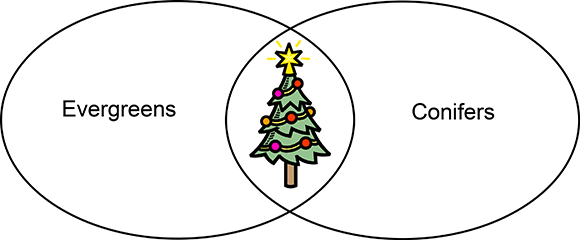
The “Christmas Tree” intersects both of the sets “evergreens” and “conifers”—it’s both!
First, it’s important to understand that evergreens are any plants that remain green through the winter, like pine, spruce, fir, and Douglas fir. Conifers, on the other hand, are a classification of trees that produce seeds inside cones. These trees include pine, spruce, fir, and Douglas fir. Wait a minute…those are are the same trees!
You see, the problem is that our Christmas trees tend to be both evergreen and conifer, and as a result, many of us have forgotten the difference. To help us illustrate the definitions of the two terms, let’s look at some evergreens and conifers that do not fall into the intersection of those groups.

One conifer that loses its needles, and therefore is not an evergreen, is the bald cypress. These can be very attractive when covered in snow. (The bald cypress trees growing in the Heritage Garden have been pruned at the top and look like candelabras.) The needles on these trees change color in fall—the same way deciduous trees like maples and oaks do—and drop to the ground, making them look, well, bald.
Boxwoods and rhododendrons are woody plants that keep their green leaves all winter, but they do not produce cones. Boxwoods are occasionally used in wreaths and can be found in many places around the Garden.
Now here is where things actually do get confusing. Female yews produce a bright red “berry” that might make you think they are just evergreens. Actually, when you take a close look at the hard core at the center of this berry, you would see small, closed scales like those on any other “pine” cone. Yep. Juniper “berries” are also modified cones. That means yew and juniper are both evergreen and conifer.
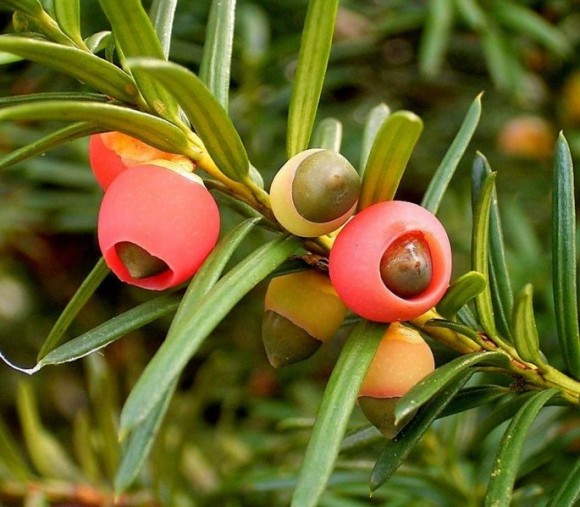
Photo by Frank Vincentz, via Wikimedia Commons
So call your Christmas tree an evergreen or a conifer—you will be correct either way. But it’s worth remembering what the two terms mean. Recognizing how things are alike and different is the driving force behind taxonomy and is also fundamental to understanding the natural world.
Have a wonderful holiday season!
©2013 Chicago Botanic Garden and my.chicagobotanic.org

